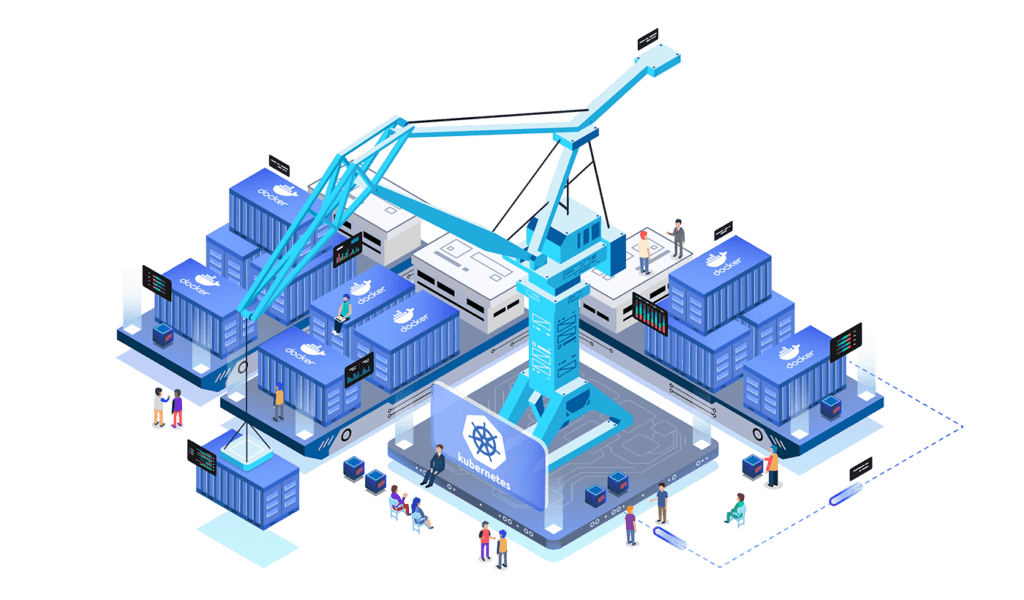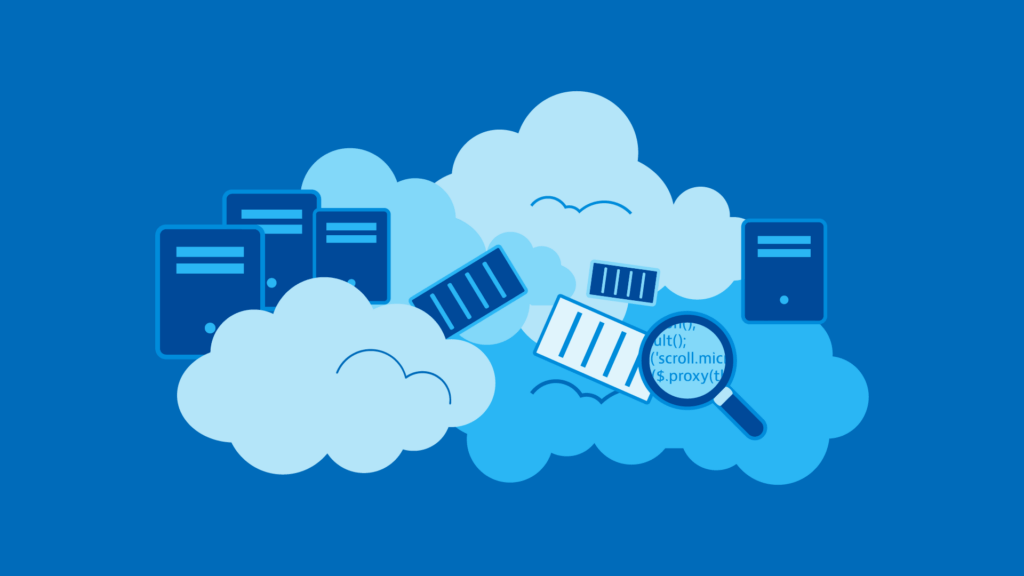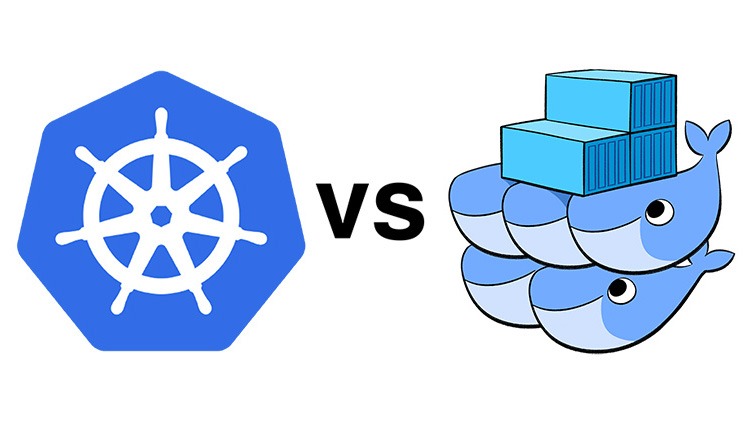Monitoring Kubernetes: Best Practices for Observability and Alerting

Kubernetes has emerged as one of the most popular container orchestration platforms, powering a vast majority of modern cloud-native applications. According to Gartner: 90% of the world’s organizations will have containerized applications in production by 2026, that is up from 40 percent in 2021.
A Beginner’s Guide to Istio: A Service Mesh for Kubernetes

In recent years, microservices have emerged as a popular approach to building modern software applications. This approach breaks down applications into smaller, independent components, each responsible for a specific task or function. However, managing the communication between these components can be challenging, especially as the number of services grows.
Kubernetes in Production: Tips and Tricks for Managing High Traffic Loads

In today’s digital world, websites and applications are expected to handle a high traffic volume, especially during peak hours or promotional campaigns. When server resources become overwhelmed, it can lead to slower response times, decreased performance, and even complete service disruptions.
How To Run Applications on Top Of Kubernetes

In our series on Kubernetes so far, we have covered an entire gamut of topics. We started with a comprehensive guide to help you get started on Kubernetes. From there, we got into the details of Kubernetes architecture and why Kubernetes remains a pivotal tool in any cloud infrastructure setup. We also covered other concepts in Kubernetes that are useful to know, namely, namespaces, workloads, and deployment. We also discussed a popular Kubernetes command, kubectl, in detail. We also covered how Kubernetes differs from another popular container orchestration tool, Docker Swarm. In this blog, we will consolidate all our learnings and discuss how to run applications on Kubernetes.
Although we covered this topic in bits, we feel this topic deserves a blog of its own.
Kubernetes Deployment: How to Run a Containerized Workload on a Cluster

In this blog, we will discuss Kubernetes deployments in detail. We will cover everything you need to know to run a containerized workload on a cluster. The smallest unit of a Kubernetes deployment is a pod. A pod is a collection of one or more containers. So the smallest deployment in Kubernetes would be a single pod with one container in it. As you would know that Kubernetes is a declarative system where you describe the system you want and let Kubernetes take action to create the desired system.
Kubernetes Namespaces

In the last few blogs we covered have covered Kubernetes in great detail. We started with an overview of Kubernetes and why it is one of the most important technologies in cloud computing today. We also spoke about what Kubernetes architecture looks like and how you can use Kubernetes using a simple kubectl tool. In this blog, we will cover everything you need to know about Kubernetes Namespaces.
Managing Kubernetes With Kubectl

One of the recommended command-line methods to manage your Kubernetes setup is to use kubectl. With the kubectl command, you can interact with Kubernetes API servers to manage workloads in the Kubernetes infrastructure. In this blog, we will cover all aspects of the kubectl command that you would need to get started on managing Kubernetes with it. If you wish to get an overview of Kubernetes, you can read our series of blogs on it starting here.Let’s start with understanding what kubectl is and how it works with Kubernetes.
Kubernetes Workloads – Everything You Need to Get Started

In the last few blogs, we discussed how Kubernetes has become a gamechanger in the adoption of cloud computing and how you can get up to speed with it. We also discussed how Kubernetes differs from other orchestration tools like Docker Swarm and how you can make the right choice for your use case.
Introducing Kubernetes Architecture – From Zero to Deployment

Kubernetes has been a game-changer in the growth of cloud adoption in the last decade. As more containerized applications take frontstage, Kubernetes has become the go-to container orchestration tool.
In this blog, we will go into the depths of Kubernetes and study its architecture. We will also see a simple workflow on how you can set up Kubernetes and deploy it on the cloud.
If you wish to read more about Kubernetes, you can start with our series on it from here. Let’s get started.
How Kubernetes Is Different From Docker Swarm?

Kubernetes and Docker Swarm are both very popular container orchestration tools in the industry. Every major cloud-native application uses a container orchestration tool of some sort. Kubernetes was developed by Google in the early 2010s from an internal project which managed billions of containers in the Google cloud infrastructure. You can read more about it in our blog here.
In this blog, we will go through the details of how Kubernetes and Docker Swarm differ from each other and how to choose the right tool for you.


